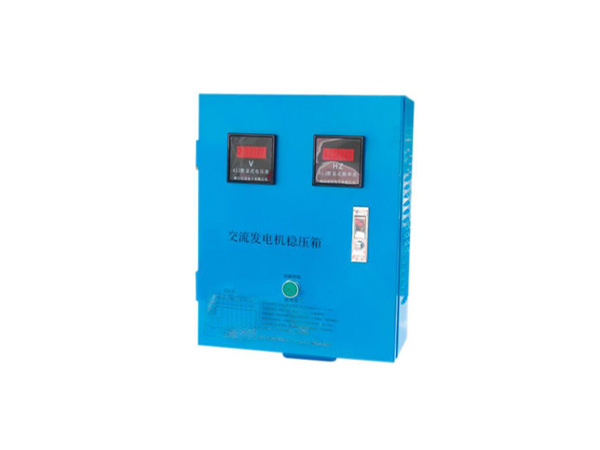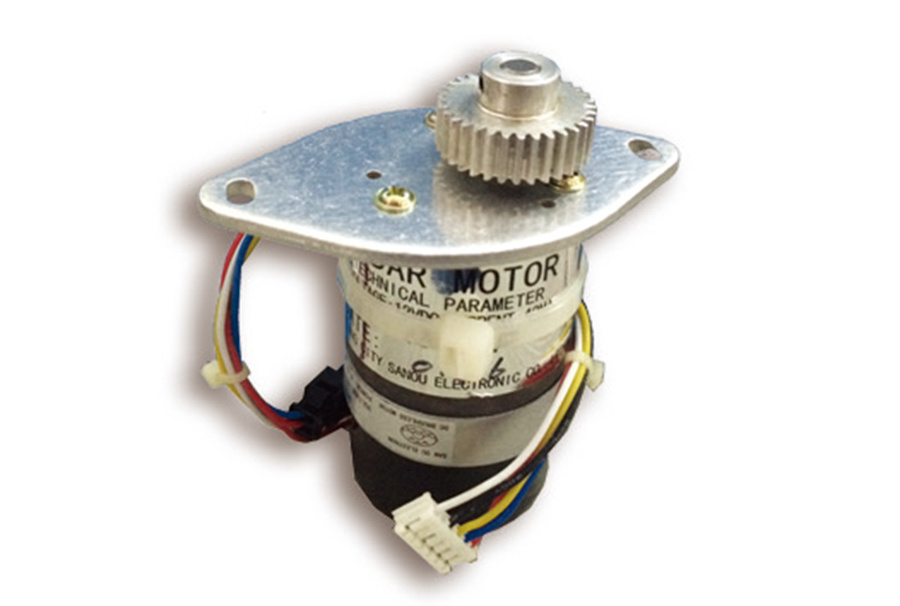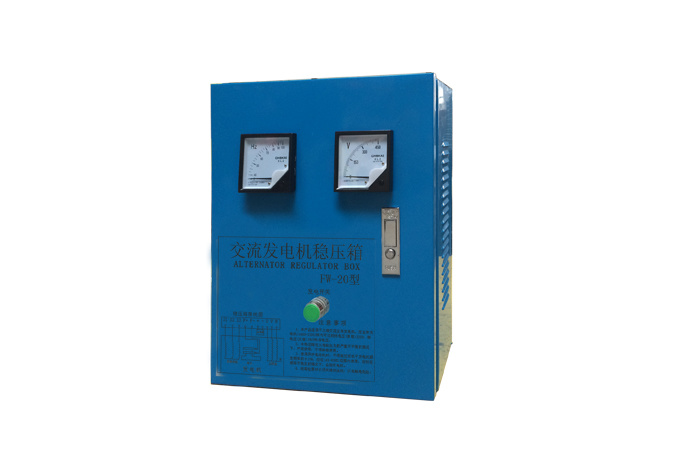News Center
The functions and functions of the components of the DC stabilized power supply
1. Principle of DC stabilized power supply-introduction
DC stabilized power supply is an electronic device that can provide stable DC power to the load. Most of the power supply of the DC stabilized power supply is an AC power supply. When the voltage of the AC power supply or the load resistance changes, the DC output voltage of the voltage stabilizer will remain stable. With the development of electronic equipment in the direction of high precision, high stability and high reliability, DC stabilized power supply puts forward high requirements on the power supply of electronic equipment.
2. Principle of DC stabilized power supply
DC stabilized power supply is a device that converts 220V power frequency AC power into a regulated output DC voltage. It needs four steps of voltage transformation, rectification, filtering, and voltage stabilization to complete. The working principles of the four links are as follows:
(1) Power transformer: It is a step-down transformer, which converts the 220V AC voltage of the grid into an AC voltage that meets the needs and sends it to the rectifier circuit. The transformation ratio of the transformer is determined by the secondary voltage of the transformer.
(2) Rectifier filter circuit: The rectifier circuit transforms the AC voltage Ui into a pulsating DC voltage. Then filter the larger ripple component through the filter circuit, and output the DC voltage U1 with smaller ripple.
(3) Filter circuit: It can filter out most of the AC components in the output voltage of the rectifier circuit to obtain a relatively smooth DC voltage. Each filter capacitor C satisfies RL-C=(3~5)T/2,
(4) Voltage stabilizing circuit: The function of the stabilizing circuit is to stabilize the output DC voltage, which does not change with the change of AC grid voltage and load.
3. Principle of DC stabilized power supply-application
DC stabilized power supply can be widely used in national defense, scientific research, universities, laboratories, industrial and mining enterprises, electrolysis, electroplating, DC motors, charging equipment, etc. In addition, it can also be applied to:
(1) It can be used for aging of various electronic equipment, such as PCB board aging, home appliance aging, various IT products aging, CCFL aging, lamp aging;
(2) It is suitable for the aging and testing of electronic components that need to be automatically turned on and off, and the number of cycles is automatically counted; (3) Electrolytic capacitor pulse aging;
(4) Experienced testing of resistors, relays, motors, etc.;
(5) The whole machine is sophisticated; the performance test of electronic components and routine tests.
Related News
Understanding the Importance of a 12KVA Frequency Stabilizer in Electrical Systems
In the realm of electrical engineering, maintaining a stable frequency is crucial for ensuring that equipment operates efficiently and reliably. A 12KVA frequency stabilizer plays a vital role in managing electrical systems, especially in environments where fluctuations in voltage and frequency can lead to equipment failure or operational inefficiencies. A frequency stabilizer, as the name suggest
Discover the Unmatched Benefits of the Furuno 1832 Radar Motor for Marine Navigation
Explore the Advantages of the Furuno 1832 Radar Motor Table of Contents Introduction to the Furuno 1832 Radar Motor Key Features of the Furuno 1832 Radar Motor Performance Analysis of the Furuno 1832 Safety Benefits of Using the Furuno 1832 User Experience: Ease of Use and Installation Maintenance Tips for the Furuno 1832 Radar Motor Comparing the Furuno 1832 Radar Mot
Understanding the Functionality and Benefits of a 1 in 4 Out Signal Distributor
A 1 in 4 out signal distributor is a crucial component in various electronic systems, particularly in the realm of optoelectronics. Its primary function is to take a single input signal and distribute it evenly across four output channels. This enables the simultaneous transmission of the same signal to multiple devices or locations, which is essential in applications such as audio/video broadcast




